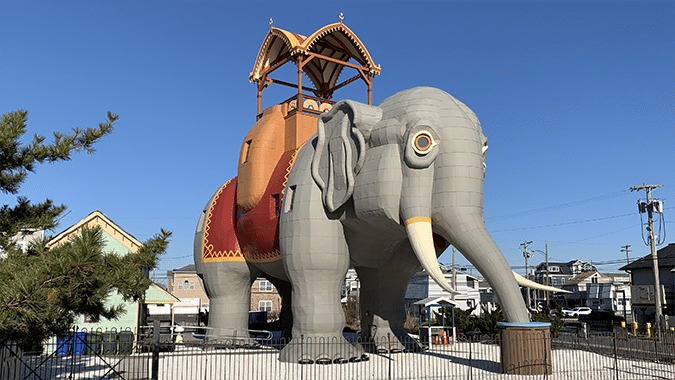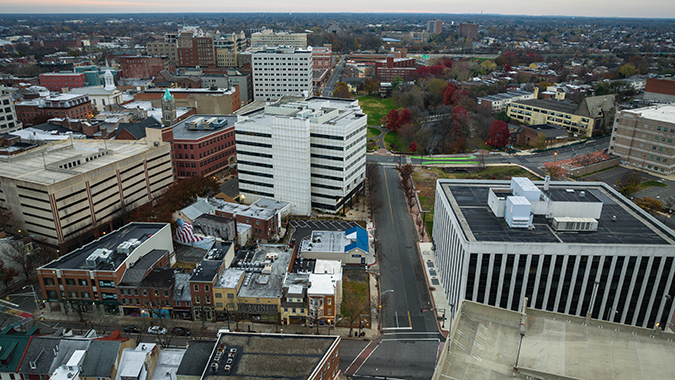The nonprofit that operates the 6-story, 90-ton Lucy the Elephant tourism attraction at the Jersey Shore is scrambling to find funding now that the federal government has rescinded a previously awarded grant for restoration work at this National Historic Landmark.
U.S. Senator Cory Booker (D-NJ) held a news conference last August at Lucy to announce the award of a $500,000 Congressionally Directed Spending Grant to complete interior restoration work at the 144-year-old attraction, which helps drive the local tourism economy. However, Elon Musk’s Division of Government Efficiency (DOGE), created under the new Trump administration, recently rescinded CDS grants.
"All of us at Lucy — as well as Senator Booker — are stunned by the sudden breach of contract, which would have covered the majority of the cost for Lucy’s long-planned, much-needed interior restoration,” Rich Helfant, executive director of the nonprofit Save Lucy Committee, said on Friday.
The federal grant would have paid for most of the cost of a state-of-the-art fire suppression system inside Lucy, which previously underwent a 15-month long, $2.1 million overhaul completed in 2022 that resurfaced and replaced her metal skin with nickel-copper alloy that is more resistant to corrosion in marine environments.
Despite the abrupt loss of the promised federal funding, the Save Lucy Committee remains undeterred and is continuing its capital fundraising campaign for work at the site, which was voted America’s No. 1 Roadside Attraction by USA Today readers in 2024.
“Our commitment to Lucy’s care and preservation remains as strong as ever,” Helfant said. “Thanks to the incredible support of her community, Lucy will endure—just as she always has."
Lucy the Elephant was built in 1881 by a real estate developer as a gimmick to attract potential buyers for land he was selling south of Atlantic City. Visitors arrived by a train that stopped right at Lucy and were guided up 130 steps inside Lucy’s left leg to the riding carriage, or howdah, on her back. There, buyers had a 360-degree view of the land for sale, which at that time consisted of dune grass, pine trees and a few wooden fishing shacks.
Six years after Lucy was built, at a cost of $38,000 using over a million pieces of wood and 22 tons of tin sheeting, she was sold to a Philadelphia family. The elephant spent the first part of the 20th century as a restaurant, business office, cottage, and tavern. However, by the 1960s, Lucy had fallen into such disrepair she was set to be demolished.
The Margate Civic Association, which later became the Save Lucy Committee, moved the elephant about 100 yards to a city-owned parcel by the beach and embarked on an ambitious restoration project. Lucy reopened to the public again in 1974 and two years later was designated as a National Historic Landmark during the nation’s bicentennial.
To make a donation to preserve Lucy the Elephant, go here.




